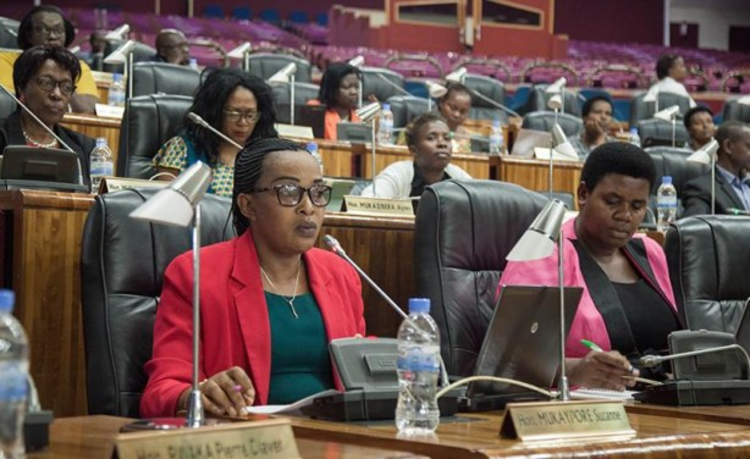Global increase in female lawmakers

The representation of women in the world has increased from 11 to 25% in parliaments over the last 25 years, according to a review made by the Swedish Gender Equality Authority.
But men still hold 75 percent of the seats in parliament, and in the highest positions men dominate even more.
Sweden was the first in the world with 40 percent elected women in parliament. Today, the country has lost the top position and is now in seventh place.
Rwanda tops the list of countries with the highest number of women lawmakers at 61.3 percent.
Other notables are Cuba (53.2 percent), Bolivia (53.1 percent), United Arab Emirates (50.0 percent women) and Mexico (48.2 percent).
Completing the top ten are Nicaragua (47.3 percent), Sweden (47.0 percent), Grenada (46.7 percent), Andorra (46.4 percent) and South Africa (46.3 percent women).
Several countries on different continents now have a higher female representation in their parliaments, according to the Inter-Parliamentary Union and UN Women.
Political demands, goals and quotas are reasons why more women are getting into parliaments.
Other factors are when political parties set their own goals and work to recruit women, when a country has strong women’s organizations or when awareness of gender equality increases
Line Säll, senior investigator at the Gender Equality Authority. notes that “research shows that what seems to benefit women’s representation both in Sweden and in other countries are direct choices and high visibility.
“The electoral system is also important for more equal representation. Twice as many women are elected to parliament in countries that have proportional electoral systems compared with countries with majority electoral systems.”
Unlike in parliaments, developments are largely stagnant in the upper echelons of politics.
Men still make up just over 93 percent of the world’s heads of state and government.
Women have all the greater representation in local congregations in different municipalities around the world.
Säll adds that “representation of women and men is one of several ways to examine an equal distribution of power and influence between men and women in society.
“Just because a country has a high representation of women does not mean that gender equality is high.
“But participating in decision-making is a prerequisite for women to be able to participate and influence the form and content of decisions.”
Men still make up just over 93 percent of the world’s heads of government.
In a majority of the world’s countries, the proportion of women is still less than a third of parliamentarians.
Three countries have no women in their parliament at all: Micronesia, Papua New Guinea and Vanuatu.
The majority of the world economic powers in the G20 group had less than 30 percent women’s representation in national parliaments in January 2020.

